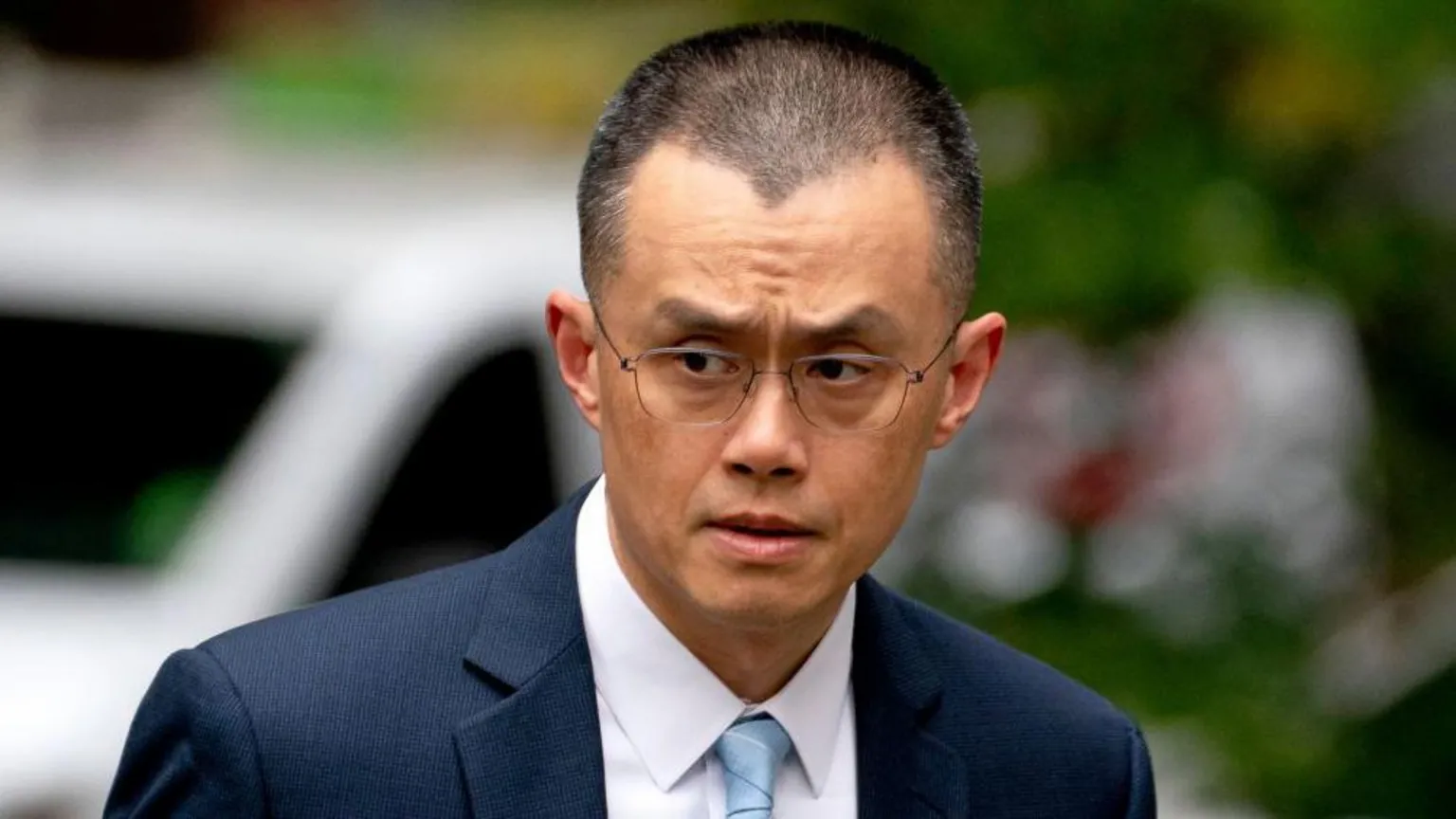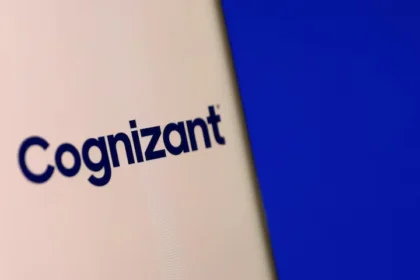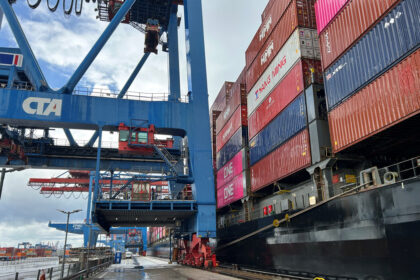When Donald Trump told CBS, “I don’t know who he is” in response to a question about Changpeng Zhao, the Binance founder and one of the most recognizable figures in crypto, it was less amnesia and more strategy. At YourDailyAnalysis, we see the remark as intentional distancing: a calculated move to step back from a global crypto titan whose orbit spans U.S. regulation, Middle Eastern capital, and the emerging architecture of digital finance. The pardon that freed CZ to return to financial activity did not answer the real question: will U.S. institutions allow him a full comeback, and does Washington even want that outcome?
Behind the theatrics, the alignment between Trump-world interests, crypto initiatives, and Gulf capital is only tightening. This is no longer about isolated deals but about building a new monetary ecosystem: privately issued and public-linked stablecoin projects, digital-asset infrastructure, sovereign funds entering token markets, and early designs for AI-driven financial rails. We at YourDailyAnalysis view this as a policy doctrine of “repatriating crypto power”: liquidity returning to U.S. legal structures, market control reshaped through regulation, and industry leadership tied to political legitimacy rather than tech bravado.
For Binance and CZ, the moment is paradoxical. Technically, he can again operate financial entities; practically, his return depends on whether U.S. regulators allow him to re-enter the banking and institutional investment perimeter. Binance now faces a forced evolution: from high-velocity startup mode to quasi-bank compliance standards – transparent reserves, rigorous KYC, traceable flows, and provable governance. This shift gives the exchange a path to regain Western institutional trust, but the margin for error shrinks to near zero.
The political context heightens stakes. On one hand, the administration signals crypto-friendliness after years of hostility. On the other, it is asserting a new control paradigm: digital assets are being integrated into the state’s economic strategy, not left to unfettered innovation. In this model, market access becomes a privilege contingent on regulatory alignment, not an automatic right. At YourDailyAnalysis, we argue that the pivot is not toward leniency but toward structured influence – from punitive oversight to liquidity governance.
Skeptics will ask whether this trajectory risks consolidating crypto power around political actors and privileged insiders. The answer hinges on how transparent and competitive the emerging infrastructure becomes. If the industry demonstrates auditability, custody rigor, risk discipline, and fair institutional access, crypto will mature into a validated financial layer. If gatekeeping turns personal and opaque, the sector risks sliding into “regulated favoritism” rather than democratized finance.
The next 6 to 12 months will test the sector’s stability. Investors should track three indicators: licensing pathways for major players, the quality and independence of stablecoin audits, and the corporate governance standards emerging inside leading Web3 firms. Builders have opportunity in payments, custody, on-chain compliance, and compute-secured finance – but under a framework closer to banking than crypto’s early ethos. Regulators must show that control can coexist with innovation.
If digital-asset markets withstand this pivot – capital under oversight, innovation under evidence – they will enter a new phase of legitimacy. And as we emphasize at Your Daily Analysis, this transition could push crypto from “alternative finance” to a foundational layer of the next global monetary system.















